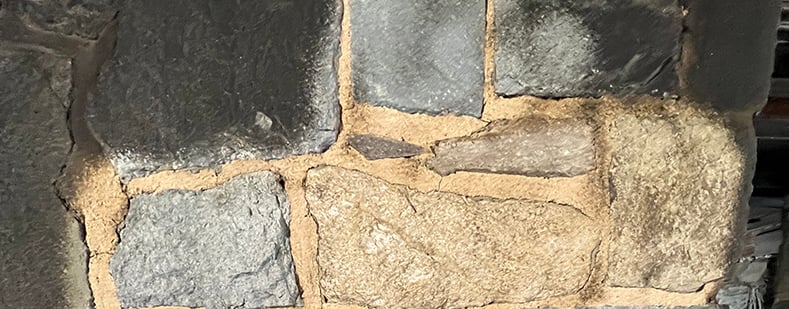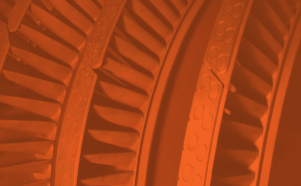Not long ago in Washington D.C. (USA), a large fire broke out in a restaurant during its ongoing remodel. Located along the Chesapeake and Ohio Canal in the bustling neighborhood of Georgetown, the fire left heavy soot (about 20-30 mils) on a variety of different substrates inside the building, including brick, concrete, stone, and wood.
When a fire like this occurs, soot removal is a fundamental part of restoration. Whether the soot is being removed for cosmetic purposes, or for more robust building rehabilitation, the removal process is typically rudimentary and straightforward. Soot can either be washed away with water or chemical strippers, or exfoliated away with abrasive blasting. Often, the latter method is chosen. This is because using water or chemical strippers is not only a lengthy process, but can be risky as well. Liquid cleaning processes can be quite messy and containing runoff is challenging.
For this fire restoration, Servpro Team Olson chose to use abrasive blasting as their preferred method of soot removal. Initially, they selected dry ice as their abrasive of choice. However, after completing about 10% of the project, the Servpro team began to have some concerns. The dry ice was leaving behind some remnants of soot on the brick and concrete substrates, meaning it wasn’t blasting to the preferred level of cleanliness.
Not only that, but the process was much slower than they anticipated. The team ran into issues with their dry ice media supply - only able to get around 600 pounds of dry ice a week, and they would need about 1,200 pounds a week in order to finish on time. Not only would this lack of available materials put them behind schedule and double the amount of time it would take to finish the project, but it would also increase costs for both Servpro Team Olson and the property owner.
Dissatisfied with this method, the Servpro team knew they needed a better solution to finish the project. Ultimately, they turned to Silver 80 Sponge Media. They chose this as their alternative abrasive as it was versatile enough to use on each of the different substrates, properly cleaning them all in the process.
The video below shows both the early dry ice blasting and then the faster sponge blasting from this project:
In their switch to Sponge Media, time savings was one of the biggest factors. Using sponge abrasives, Servpro Team Olson was able to work at a much quicker pace than they had been with dry ice. Using just one abrasive on brick, stone, wood, and concrete allowed them to optimize their time and equipment staging.
With increased efficiency, they were also able to remove the soot from each individual substrate to the proper level of cleanliness. As Dre Marlowe, the project manager of Servpro Team Olson on this project said, "From training and demos to amazing customer support, Sponge-Jet did an amazing job helping my team restore our clients building. They helped us make it 'like it never even happened."
A further added benefit of using Sponge Media on this project was that it was much safer to use than dry ice, thanks to its hazardous dust reduction. When working with soot, dust suppression is vital. Not only is it important for keeping the workers safe, but it also protects the well-being of nearby pedestrians. With this project located adjacent to a popular walkway on the Chesapeake & Ohio Canal, dust suppression was imperative.








